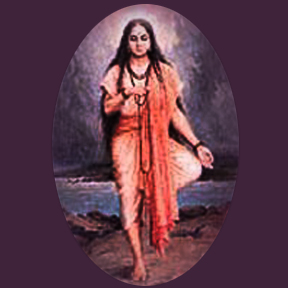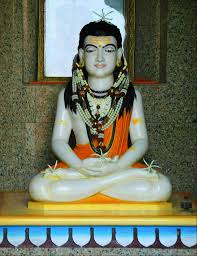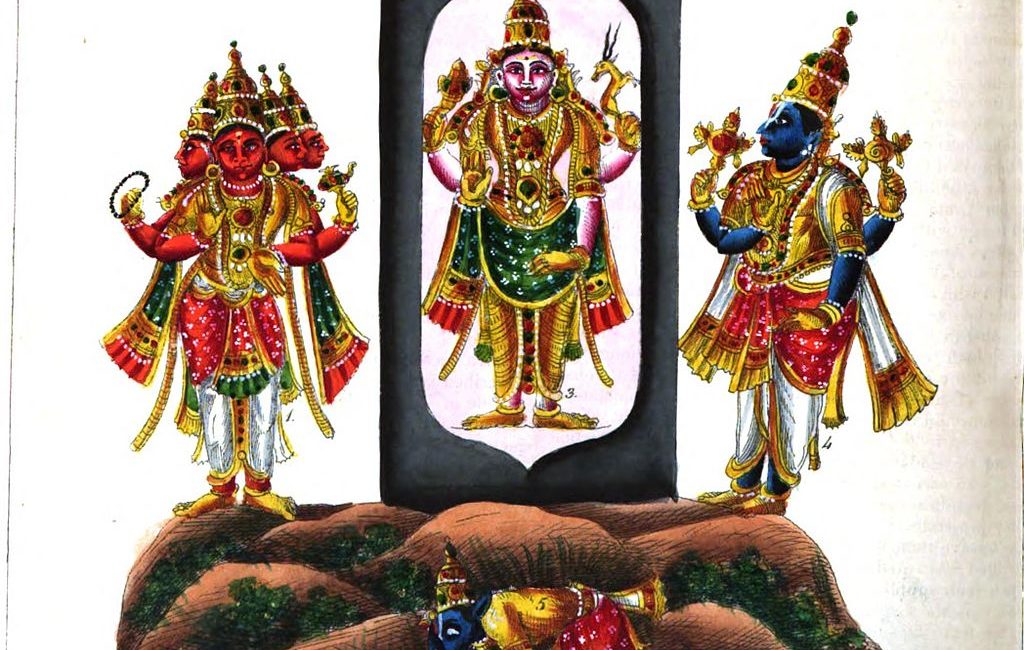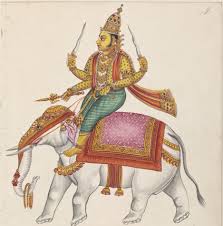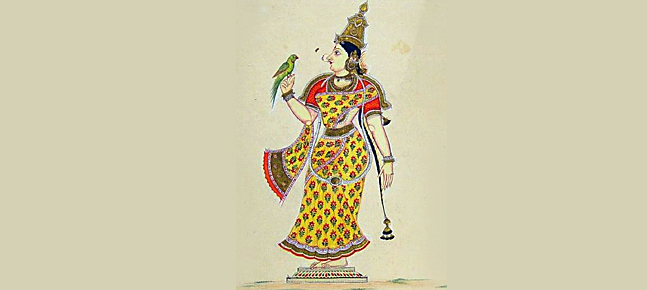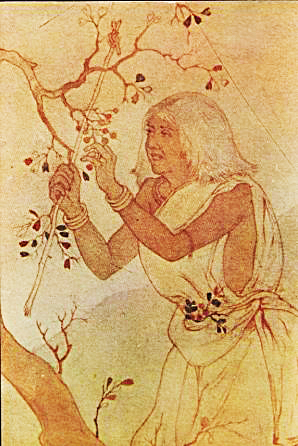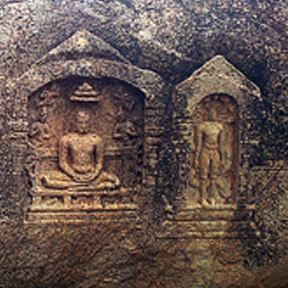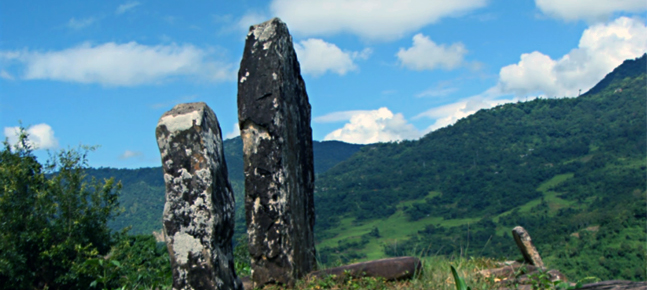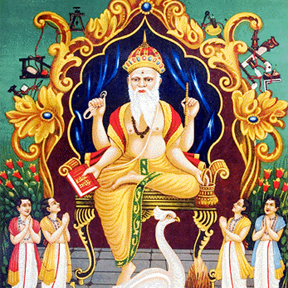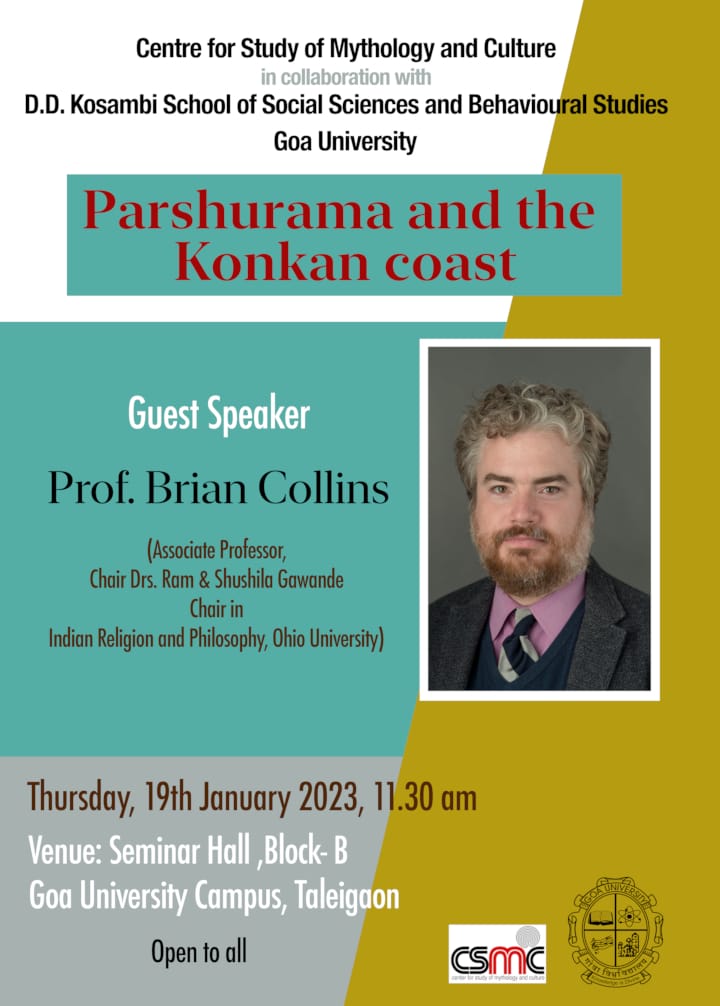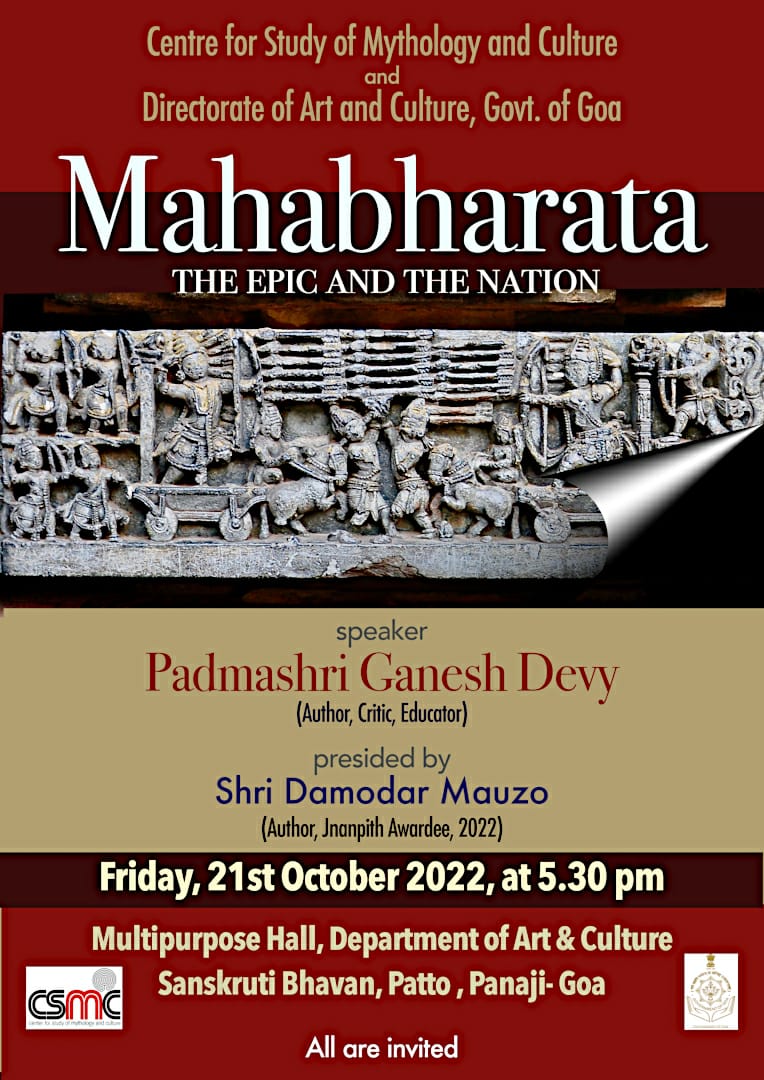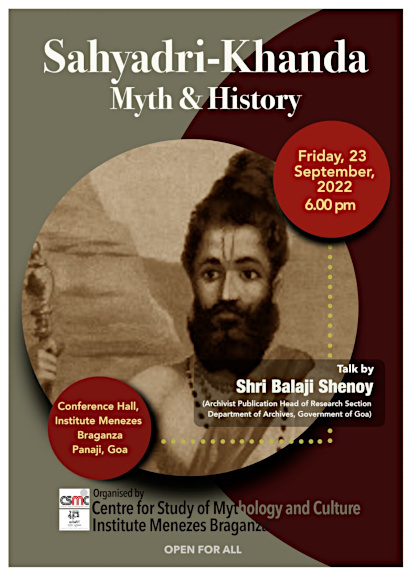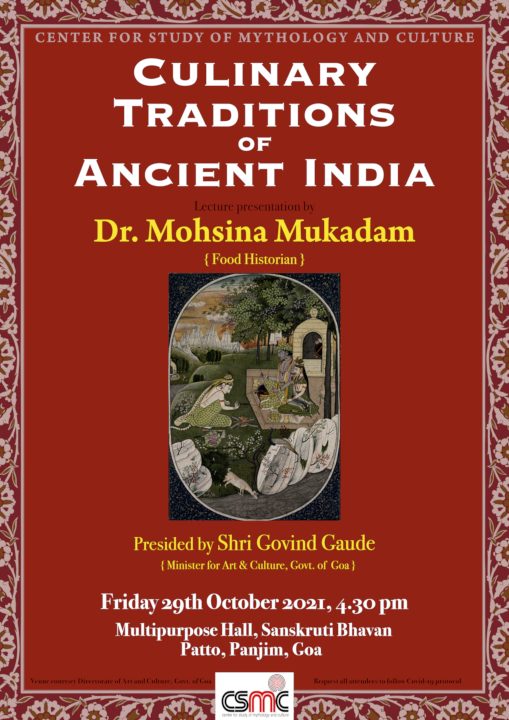At the tip of Indian subcontinent, where three mighty oceans – The Indian Ocean, Arabian sea and Bay of Bengal meet, lies the shrine of the virgin goddess or Kanyakumari . There are many legends that explain why the goddess has remained a virgin and here is one.
Banasura the asura, meditated upon Brahma for years. Pleased with his devotion, Brahma granted him a boon. Banasura asked that he be killed by no man in this universe, only a woman could bring about his end. The boon having been bestowed pleased Banasura no end and he promptly reported it to his preceptor Shukra. To his surprise Shukra reprimanded Banasura saying, “You fool! You should have asked for death only at the hands of a virgin. Virgins are rare on earth. Go back to Brahma and perform rigorous tapas and ask him to modify the boon. Be specific that only a virgin can kill you”.
Confused Banasura asked Shukra, “But why do you say virgins are rare?” Shukra replied, “This world constitutes of Shiva and Shakti. Neither can exist without each other and therefore, virgins are rare.” Convinced by the logic of the argument, Bana sought Brahma’s blessings one more time and was duly rewarded. With his newly acquired power, Banasura conquered the three worlds and started harassing sages and devas. Frustrated, the devas approached Vishnu, who suggested that they go to Parashakti, the mother goddess. It was in her power to solve their problems he said and so the sages began performing the required sacrifices to Parashakti.
Pleased, the goddess appeared before them in the form of a young girl. After listening to their problems she promised them deliverance from the demon. At the right time she would eliminate Banasura and restore peace on earth, she said. True to her word, she donned the form of a beautiful maiden and went to the southern-most edge of the world where she lay in wait for Banasura. In this form she came to be known as Kanyakumari, the virgin girl.
One day Shiva (in the form Suchindaram) happened to pass by and noticed her and the austere life that she was living. He instantaneously fell in love with her and expressed his wish to marry her. The goddess agreed and the marriage was fixed for an auspicious hour by midnight. Now Sage Narad heard the news and was alarmed because he realized that if the marriage took place then Kanyakumari would no longer remain a virgin and she would not be able to kill Banasura. He decided to take matters in his hands and went to Kanyakumari and told her that perhaps it was not Shiva who wanted to marry her, but Banasura in disguise. To verify his true identity, he told her that she should ask Shiva to bring three items that could not be obtained anywhere in the world: a coconut without eyes, a mango without a seed, and a betel leaf without veins. Kanyakumari did as asked but Shiva easily fulfilled her demands and the marriage was back on schedule.
A worried Narad decided to trick Shiva (Suchindaram) instead. As Shiva embarked on the journey to the bride’s home with his wedding party, Narada assumed the form of a cock and prematurely announced the arrival of dawn. Shiva-Suchindaram was distraught as he assumed that he had missed the auspicious hour. He turned back leaving an anxious Kanyakumari waiting for her groom in bridal clothes. When the sun came up and her groom had not arrived, the goddess threw a tantrum, kicking all the utensils and food items that were part of the marriage ceremony. In anger she cursed them to turn into pebbles and shells of the sea. And even today, you can find sand grains that resemble rice grains on the beaches of Kanyakumari. Heartbroken, the goddess vowed that she would remain a virgin till the day Shiva came to her as her groom.
News of the beauty of the goddess and her severe austerities soon reached Banasura. He sought her hand in marriage but she refused him. The demon decided to take her by force leading to a fierce battle between the two. In the end Banasura was killed by her discus. A dying Banasura asked for forgiveness and repented his adharmic actions and the goddess, in an act of compassion, proclaimed that the waters of the ocean would wash away all his sins.
Story collected by: Vidya kamat
Text Source: Tamil Temple Myths by David Dean Shulman
Location: Tamil Nadu


